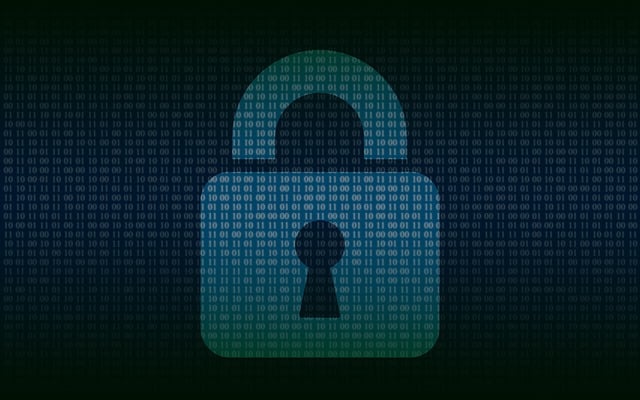The Rumsfeld Matrix as an effective tool in the decision-making process
During a briefing on the Iraq War, Donald Rumsfeld divided information into 4 categories: known known, known unknown, unknown known, unknown unknown. ...

Cybersecurity ratings are objective and dynamic indicators of a company’s security conditions. These metrics are data-driven and generated by a trusted and independent safety assessment platform. The security rating is a valuable and objective measure of the security posture of an entire organization. The higher rating means more reliable security state. Organizations use this indicator to understand and mitigate various critical, interrelated internal and external security risks, as well as to assess the security of external organizations (suppliers, partners, insurance companies, investment companies).
Security rating is derived from objective verification of the information and is calculated by an independent organization. The verification process takes place by collecting commercial data that can quantify security risks. High scores indicate the effectiveness of security practices and lower risks of potential cyberattacks. Regular monitoring of vulnerabilities and status scanning allows to maintain the proper security level.
Today’s business is actively using tools that help speed up the trading process, increase customer reach, understand their habits and behavior, and improve business operations efficiency. However, it also increased the risks and threats to cybersecurity. In addition to the fact that a cyberattack can be directed directly at a business, it can also be hooked through third-party partners. A vulnerability in one of the business partners could lead to a data breach. Security ratings provide a daily measurement of a company’s security performance, monitor and compare internal security performance, strengthen risk management and mitigate risk.
The security rating is used for:
The security rating allows to:
According to Gartner, cybersecurity ratings will be an important tool for assessing the risks of existing and new business relationships. Traditional evaluation methods are time consuming and the questionnaires for each third-party partner require careful tracking. Moreover, questionnaires are not always 100% accurate. They are a subjective and one-time assessment that becomes inaccurate as security issues arise. Security ratings bridge this gap and provide a continuous, objective and up-to-date process for assessing the state of safety. This allows to identify existing and potential cyber threats, as well as determine ways to mitigate their influence. Security ratings allow to generate reports on cybersecurity results for senior executives and all stakeholders.